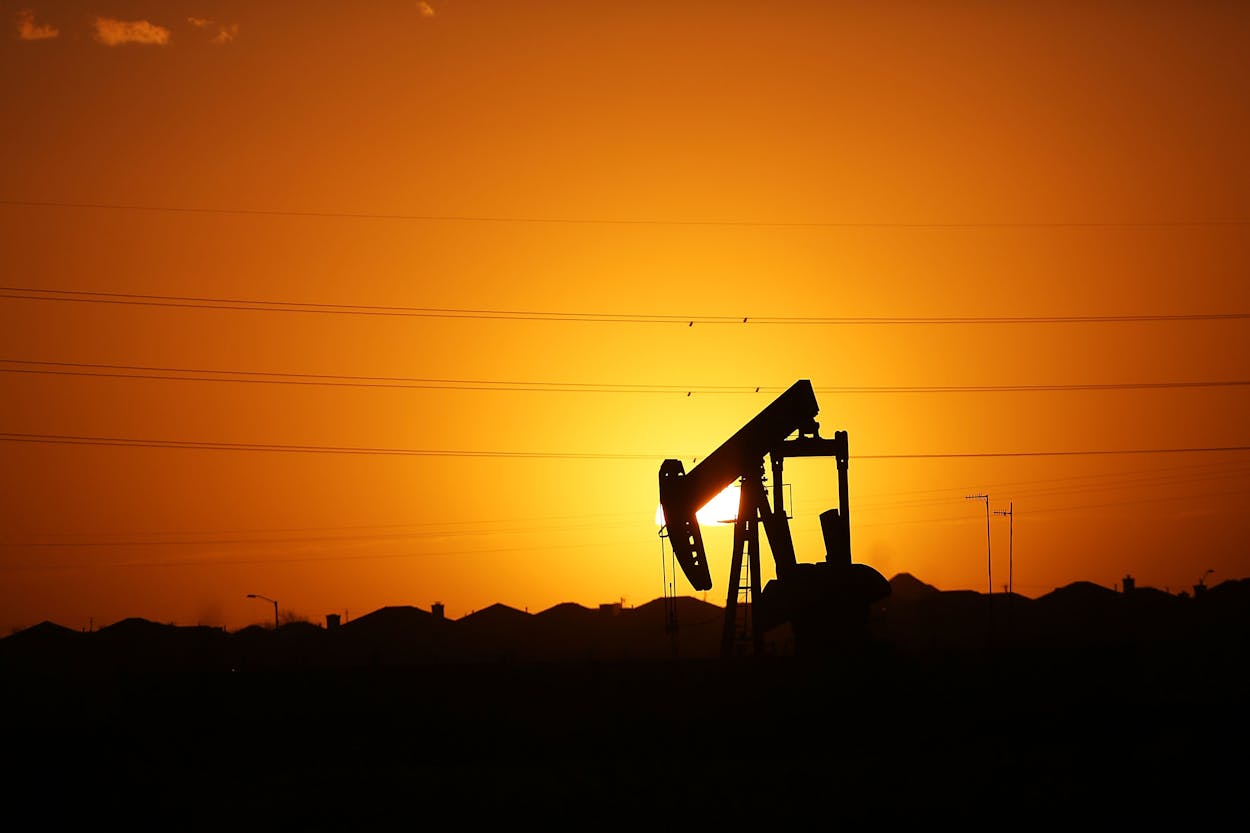At last week’s CERAWeek, one of the energy industry’s premier conferences, the word on everyone’s lips was “Permania.” The neologism, which swept through the conference in downtown Houston, refers to the black gold rush currently underway in the Permian Basin, the 300-mile expanse from West Texas to southeastern New Mexico. On Wednesday, Chevron CEO John Watson announced plans to grow production in the region by 25 to 35 percent by the end of the decade. By increasing its rig count from 11 to 20 by 2018, Chevron anticipates producing over 700,000 barrels per day on its 1.5 million-acre holdings in the Permian.
Chevron’s news followed a similar move by Exxon Mobil, which announced in January that it purchased 275,000 acres in the New Mexico portion of the Permian for $6.6 billion from the Bass family of Fort Worth. The day before, Noble Energy had bought 120,000 acres in West Texas from Clayton William Energy. Vicki Hollub, the CEO of Occidental Petroleum, the largest producer in the Permian, told a CERAWeek audience on Tuesday that she expected total production in the region to double from 2.2 million barrels a day at present to as much as five million per day. “It’s just a matter of how we get there,” Hollub said.
Oil was first discovered in the Permian Basin in the 1920s. Stretching across seventeen West Texas counties, the field quickly became one of the country’s greatest oil producing regions, giving rise to the city of Midland, which grew from 5,000 people in 1930 to a boom town of 67,000 by 1961, when New Yorker journalist John Bainbridge wrote about the city in his classic book The Super-Americans.
The Permian continued to be one of the country’s most productive oil fields for much of the twentieth century, but it seemed to be in an irreversible decline when the development of fracking technology a decade ago suddenly opened it up to new exploration. “Wall Street hated the Permian Basin for 30 years,” recalled Scott Sheffield, the founder and board chairman of Irving-based Pioneer Natural Resources, which has been drilling in the Permian since the 1980s. “It wasn’t sexy, there was no upside. For decades, we put the Permian Basin at the end of our investor relations presentations.”
Everything changed around 2011, when Pioneer’s geologists calculated that there were ten billion recoverable barrels of oil underneath its acreage, most of which it had been acquired for peanuts in the 1980s and 1990s from exploration companies eager to unload the seemingly tapped-out fields. “At that time, we didn’t have to pay much for the acreage because people thought it wasn’t worth much,” Sheffield told a CERAWeek panel discussion on Tuesday. Today, land in the Permian Basin is going for about $50,000 an acre.
When oil prices plunged from $110 a barrel in 2014 to less than $30 in early 2016, fracking in the Permian Basin came to a grinding halt. But with increased efficiency, lower equipment costs, and a rebound in the price of oil to the $50 per barrel that it’s at today, companies like Pioneer are revving back up. Major companies are joining in, as well as countless independent producers, all of whom have caught a serious case of Permania. There have been over $25 billion of mergers and acquisitions in the Permian alone since June—about a quarter of the oil and gas industry’s worldwide spending last year.
And despite concerns from environmental groups about the disposal of wastewater from fracking operations and the link between fracking and higher seismic activity, Permania seems here to stay. At CERAWeek, Daniel Yergin, author of The Prize—the standard history of oil and gas exploration—compared the Permian to two of the greatest oil finds of the twentieth century, the Prudhoe Bay field on Alaska’s North Slope and the North Sea field off the coast of Scotland. “I think what’s going on is a combination of Alaska and the North Sea,” he told the audience at one session. “This is one of those major changes in the balance of world supply.”
- More About:
- Energy








